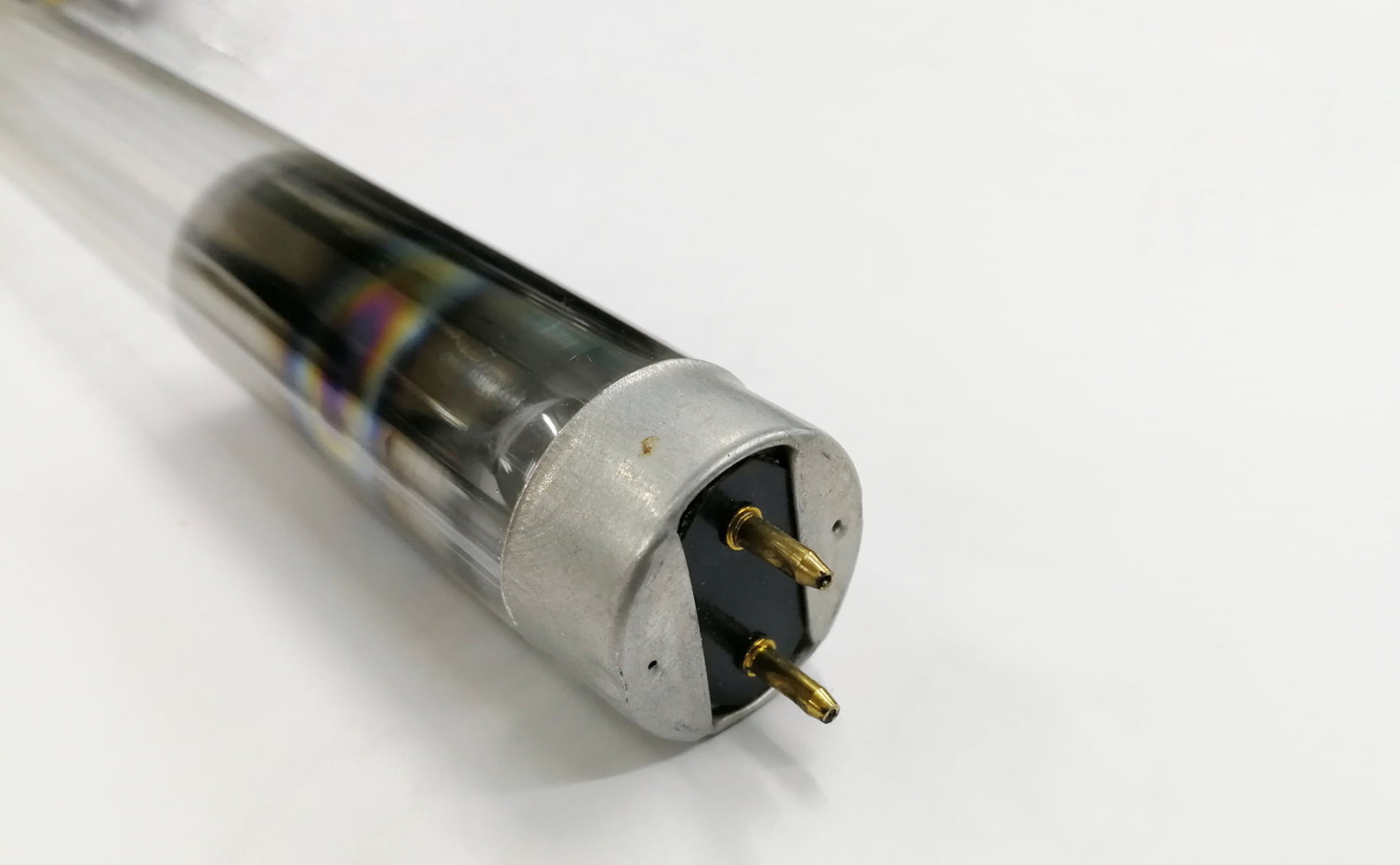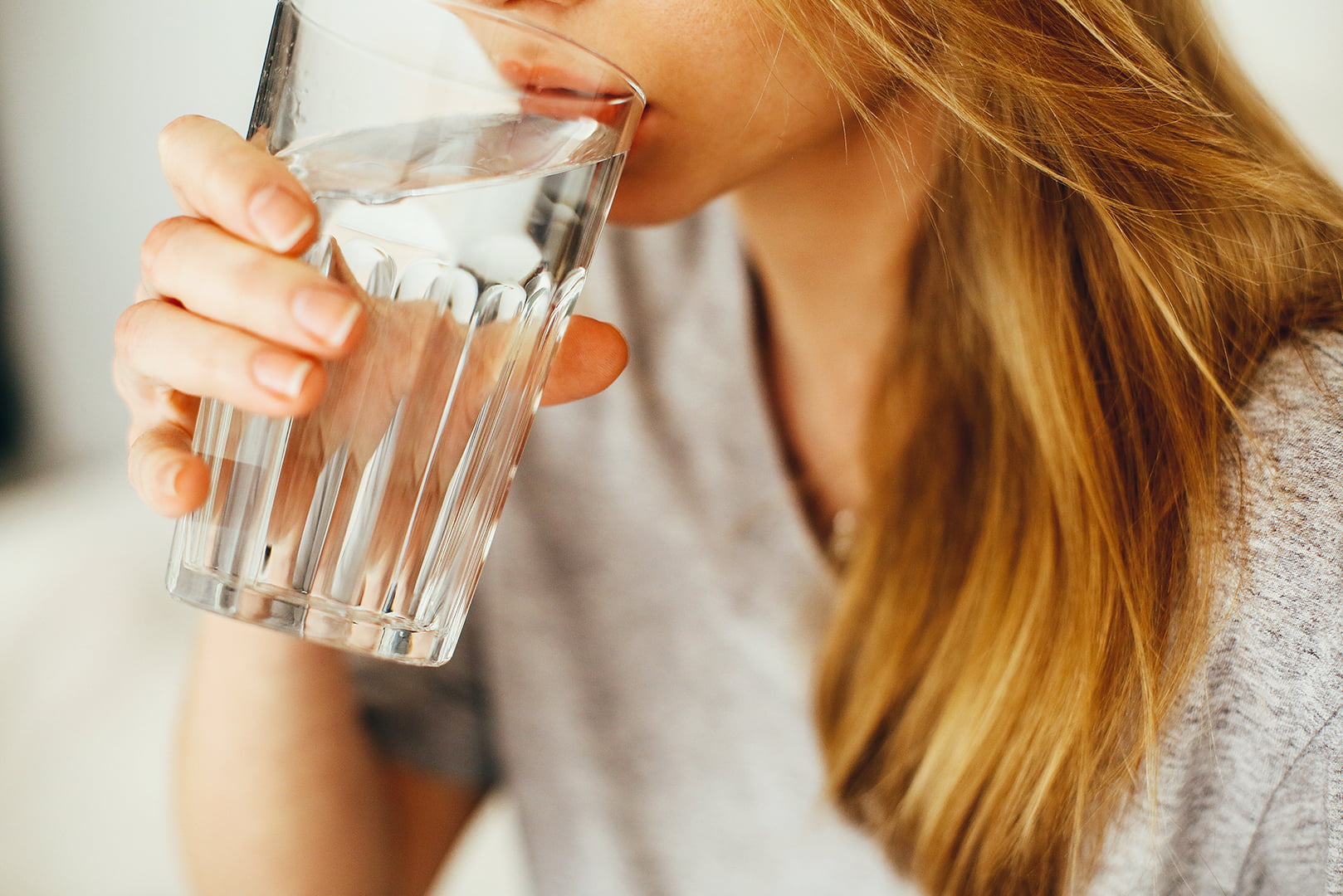The Advantages & Disadvantages of UV Water Purifiers
Written by: Gene Fitzgerald // Last Updated: Oct 6, 2022
This page may contain affiliate links. If you buy a product or service through such a link we earn a commission at no extra cost to you. Learn more.
UV purification is one of the most effective methods for disinfecting water. But like any method, it’s not without flaws. For the needs of most households though, the advantages clearly outweigh the disadvantages.
Key Takeaways
Advantages of UV water purifiers:
- Use highly effective, FDA-approved process for destroying microorganisms
- Chemical-free (do not affect water taste and smell)
- Energy-efficient and cost-effective
- Eco-friendliness
- Easy to set up
- Simple to maintain
- Compact design
Disadvantages of UV water purifiers:
- No contaminant removal
- No improvement in water aesthetics
- Requires constant electricity
- Decreased effectivity in water with suspended particles
- Stagnant water may come up warm
What Is a UV Water Purifier and How Does It Work?
UV water purifiers use UV light to kill microorganisms in the water that passes through them. The basic design of a UV water purifier is very simple: A UV light bulb is encased in a quartz glass sleeve to insulate it from water. The sleeve sits in the middle of a larger encasing chamber through which water is run.
As water passes through the chamber, it’s exposed to UV light. This kills off most microorganisms in the water by scrambling their DNA. It’s important to note that microorganisms aren’t physically removed from the water supply. They are just inactivated.
Advantages & Benefits of UV Water Disinfection
The Main Pro: Consistently High Rate of Disinfection
Few methods on the market beat UV water purification when it comes to effectiveness. Under the right conditions (i.e. with proper pre-filtration of the water supply), most residential UV water purification units can kill 99.99% of microorganisms in the water.
Chemical-Free
UV water purifiers don’t use any chemicals to do their job. As a result, there’s no residue left in the water that has passed through the purifier.
Does Not Affect Water Taste and Odor
Water that runs through a UV purifier is disinfected without coming in contact with anything other than the outer chamber and quartz sleeve. Its composition is not affected, resulting in the exact same taste and odor before and after disinfection.
Energy Efficient
The main energy consumption of a UV water purifier comes from the UV light bulb, which costs about as much as a regular household bulb in terms of electricity. There are no other components that draw power, like pumps.
Cost-Effective
A UV water purifier not only uses little energy, but also doesn’t require any expensive maintenance. Replacing the bulb every year and the quartz sleeve every 1-2 years are the most significant running costs.
Eco-Friendliness
The operation of a UV purifier does not produce any waste. Combined with the fact that it doesn’t leave any residue in the water, this makes it a very environmentally-friendly solution for disinfection.
Simple Mechanism
There are no complex mechanics involved in the operation of a UV water purifier. In fact, it has no moving parts at all. This minimizes the need for long-term maintenance and reduces the risk of the purifier breaking down.
No Damage to Pipes
Some water purification methods can cause damage to the home’s pipes over time due to the chemical residue they leave in the water. This is not a problem with UV purifiers, as they don’t use any chemicals in their operation.
Immediate Disinfection
Unlike some purification methods, a UV water purifier works instantly. There’s no delay between water entering the purifier and clean water coming out (other than the time it takes for the water to pass through the purifier itself, obviously).
Compact Design
The average UV water purifier takes very little space compared to other purification devices. It can be installed in many households without the need for any modification to the current plumbing or house layout. Despite that, most residential UV water purifiers can still process a large enough volume of water to meet the needs of most households.
FDA Approved
Not every water purification method has the FDA’s approval. For those who insist on using technology that’s been tested extensively, this is one of the only viable options on the market.
Disadvantages & Drawbacks of UV Water Purification
The Main Con: No Contaminant Removal
While a UV water purifier is great at killing microorganisms in the water supply, it doesn’t do anything else to cleanse it. Suspended particles are not removed (and can even interfere with the operation of the UV purifier), and neither are the bacteria, viruses, and cysts that got killed.
No Improvement in Water Aesthetics
UV purification does nothing to improve the taste or smell of water. Bad-tasting water is usually caused by pollutants that do not get affected by the operation of a UV water purifier. In situations where this is the main concern, additional filtration/purification may be required.
Requires Electricity
Since the UV light bulb requires electricity, a sudden loss of power means that the purifier stops working completely. On the bright side, this doesn’t prevent water from passing through the unit, as no pumps are required at the input and output of the purifier.
Clean Water Needed
The performance of UV water purifiers is affected by the purity of the water fed to them. Suspended particles decrease the effectiveness of the purification process as they can block the UV light, allowing some microorganisms to pass through the purifier unharmed.
Hard water requires additional treatment as it can leave extra residue on the quartz glass sleeve, forcing the user to replace it more frequently.
Water Sometimes Comes Out Warm
A UV light bulb emits some heat which gets absorbed by water that passes through the purifier. Normally, you won’t notice any difference. But if you haven’t used water in your home for a while, it might come out a little warmer than normal after turning on the faucet.
No Storage Tank Option
There’s usually no option to store a larger amount of water in an integrated tank. Storing larger amounts of disinfected water is therefore up to the user. Some users see this as an advantage, as it means that water coming out of the purifier is always fresh and hasn’t been sitting in a tank for hours.
No Simple Visual Inspections
If the UV light goes out for whatever reason, there’s no way of knowing. UV light is invisible to the naked eye, so it’s impossible to verify that the purifier is still working with a simple visual inspection. This makes it even more important to replace the UV bulb regularly.
If you have any questions about UV water purification advantages and disadvantages please don’t hesitate to leave a comment below!
Information provided on BOS is for educational purposes only. The products and services we review may not be right for your individual circumstances.
We adhere to strict editorial guidelines. Rest assured, the opinions expressed have not been provided, reviewed, or otherwise endorsed by our partners – they are unbiased, independent, and the author’s alone. Our licensed experts fact-check all content for accuracy. It is accurate as of the date posted and to the best of our knowledge.



